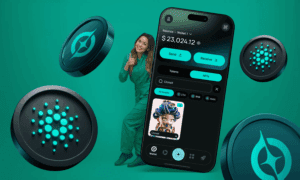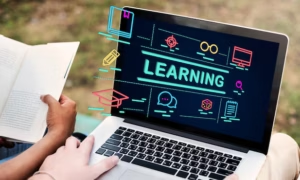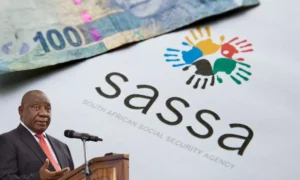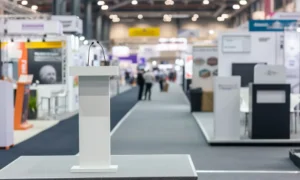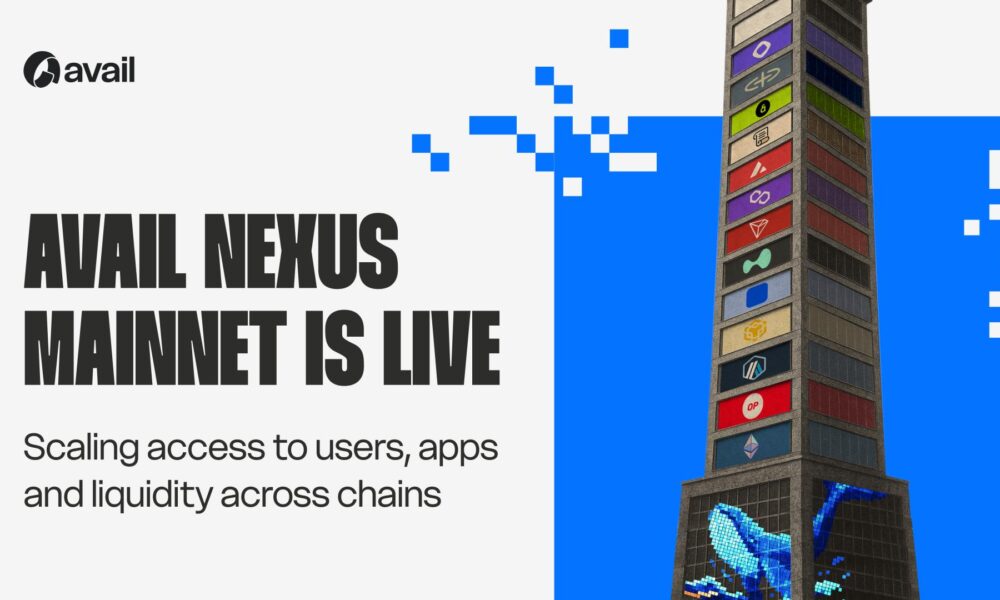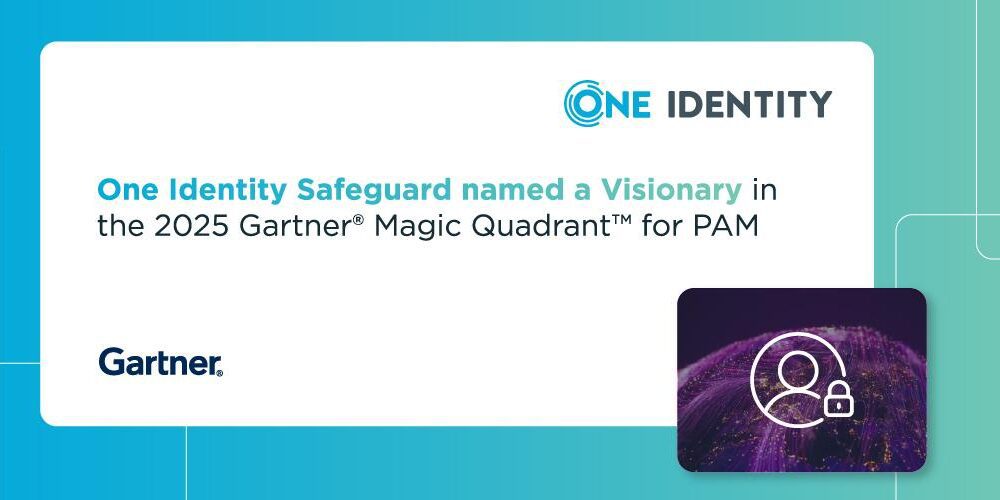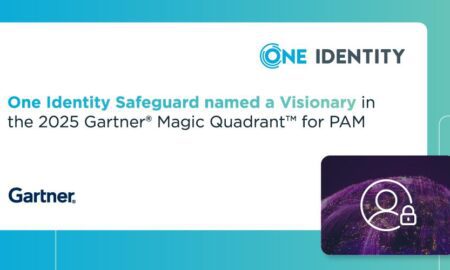Traditional approaches aren’t working. Millions of people with social anxiety continue struggling despite years of conventional therapy. Recent breakthrough research shows recovery rates jumping from 40% to 78% when using innovative treatment methods.
These aren’t experimental approaches; they’re scientifically validated therapies that are revolutionizing how we treat social fears. If you’ve tried everything without lasting success, these five proven methods might be exactly what you’ve been searching for.
Revolutionary Changes in Social Anxiety Treatment
Centers like A Mission For Michael in Southern California, Virginia, and Seattle are pioneering comprehensive approaches that go far beyond traditional talk therapy. Recognizing that effective Social Anxiety Disorder Treatment must involve innovative, personalized strategies, these specialized facilities tailor interventions to each individual’s specific triggers and cultural context.
Remarkably, effects lasted at least one month, even after one brief session of exposure therapy. This finding challenges everything we thought we knew about treatment duration and effectiveness.
The landscape is shifting rapidly. Patients who once felt hopeless are discovering that therapies for social anxiety can produce dramatic results in weeks rather than years.
Therapy Comparison Overview
| Therapy | Duration | Best For | Key Advantage |
| VRET | 6-8 sessions | Specific phobias | Controlled exposure |
| CFT | 12-16 sessions | Self-criticism | Shame healing |
| iCBT | 8-12 weeks | Access issues | Convenience |
| MBCT | 8 sessions | Rumination | Long-term skills |
| ART | 3-5 sessions | Trauma-based | Speed |
1. Virtual Reality Exposure Therapy – Breaking Traditional Barriers
Traditional exposure therapy often fails because real-world situations can’t be controlled or repeated consistently. VRET changes this completely.
How VRET Works Differently
Virtual reality creates perfectly controlled environments where people can face their fears safely. You might practice job interviews with a virtual panel or give presentations to digital audiences. The brain responds as if these situations were real, but you maintain complete control over the intensity and duration.
This isn’t gaming, it’s serious therapeutic intervention. Therapists can adjust scenarios in real-time, increasing difficulty gradually while monitoring your physiological responses through connected sensors.
Clinical Evidence and Success Rates
Studies consistently show VRET produces superior outcomes compared to traditional methods. The technology allows for precise exposure protocols that would be impossible in real life. You can practice the same social situation multiple times, building confidence through repetition.
Most patients see significant improvement within 6-8 sessions. The immersive nature helps people overcome avoidance behaviors more quickly than conventional approaches.
Accessibility and Implementation
VRET equipment costs are dropping rapidly, making this therapy available in more clinical settings. Some programs even offer home-based options using consumer VR headsets with professional guidance via telehealth.
Insurance coverage is expanding as evidence mounts for VRET’s effectiveness and cost-efficiency compared to long-term traditional therapy.
2. Compassion-Focused Therapy – Rewiring Self-Criticism
Many people with social anxiety battle a harsh inner critic that sabotages progress. CFT directly targets this self-attacking tendency.
Addressing Shame-Anxiety Connections
CFT recognizes that social anxiety often stems from deep shame about perceived inadequacies. Rather than just challenging negative thoughts, CFT helps develop self-compassion as an antidote to shame. This approach activates the brain’s soothing system, counteracting the threat response that drives social fears.
The therapy focuses on three emotional regulation systems: threat, drive, and soothing. Most socially anxious people have overactive threat systems and underdeveloped soothing systems.
CFT Techniques for Social Situations
Compassionate imagery exercises help people visualize themselves as worthy of acceptance and belonging. Self-compassion practices replace self-criticism with kindness and understanding. These aren’t just feel-good exercises; they create measurable changes in brain activity patterns.
Patients learn to become their supportive friend rather than their harshest critic. This shift often produces breakthrough moments in treating social anxiety.
Research Outcomes
Recent clinical trials show CFT combined with exposure work produces lasting changes that go beyond symptom reduction. People report feeling fundamentally different about themselves, not just less anxious in social situations.
The approach seems particularly effective for those with perfectionist tendencies or histories of criticism or trauma.
3. Internet-Delivered CBT – Therapy Without Walls
For many socially anxious people, the biggest barrier to getting help is, ironically, the social nature of traditional therapy.
Overcoming Access Barriers
iCBT removes the intimidation factor of face-to-face sessions while maintaining therapeutic effectiveness. You can work through proven therapies for anxiety from your own space, at your own pace. This accessibility factor can’t be overstated; many people get their first taste of effective treatment through online platforms.
Geographic barriers disappear with internet-based options. Rural areas with limited mental health resources can access the same quality of care as major metropolitan areas.
Evidence-Based Online Protocols
Well-designed iCBT programs follow structured modules covering cognitive restructuring, behavioral experiments, and relapse prevention. AI-powered elements can personalize content based on your specific symptoms and progress patterns.
The interactive nature keeps people engaged longer than traditional homework assignments. Progress tracking provides concrete evidence of improvement, which boosts motivation.
Technology Integration Benefits
Modern iCBT platforms integrate with smartphones, sending helpful reminders and allowing real-time mood and anxiety tracking. Some programs use chatbots for between-session support, providing immediate coping strategies when anxiety spikes.
Participants with public speaking anxiety reported greater peak anxiety to an out-group vs in-group audience at baseline (significant main effect of audience at baseline; p < .001, ηp2 = .37, 95% CI [.14, .55]). This research highlights why targeted, technology-enhanced approaches are so crucial for addressing specific social anxiety triggers.
4. Mindfulness-Based Cognitive Therapy – Present Moment Healing
MBCT adapts traditional mindfulness practices specifically for anxiety-prone thinking patterns.
MBCT for Social Anxiety Applications
Social anxiety often involves getting trapped in anticipatory worry or post-event rumination. MBCT teaches people to notice these thought patterns without getting swept away by them. You learn to observe anxious thoughts as mental events rather than facts requiring immediate action.
Mindful attention training helps break the cycle of scanning for social threats. Instead of automatically focusing on potential rejection or judgment, you develop the ability to direct attention more deliberately.
Neuroplasticity Benefits
Brain imaging studies reveal that MBCT practice rewires neural pathways. The default mode network, often overactive in anxiety, shows decreased activation after consistent practice. Meanwhile, areas associated with present-moment awareness strengthen.
These changes persist long after formal treatment ends, providing a foundation for ongoing recovery.
Long-Term Results
Evidence-based anxiety treatments like MBCT seem to provide particularly durable results because they change fundamental relationships with thoughts and emotions rather than just managing symptoms. People report feeling more grounded and less reactive to social stressors years later.
The meditation component provides a portable tool for managing anxiety in real-time during social interactions.
5. Accelerated Resolution Therapy – Rapid Transformation
When social anxiety stems from past traumatic experiences, ART offers remarkably fast healing.
ART for Trauma-Related Social Anxiety
Many people with social anxiety can trace their fears to specific incidents of humiliation, rejection, or criticism. ART uses eye movements similar to REM sleep to help the brain process these memories differently.
The approach doesn’t require detailed discussion of traumatic events, making it less emotionally overwhelming than traditional trauma therapies.
Revolutionary Methodology
ART sessions typically last 75-90 minutes, with most people needing only 3-5 sessions total. The rapid eye movements seem to help the brain file traumatic memories as past events rather than ongoing threats.
Voluntary image replacement techniques allow people to change how they remember painful social experiences. This isn’t about forgetting, it’s about removing the emotional charge from difficult memories.
Clinical Results
Success rates for trauma-related social anxiety approach 80% in many studies. People often report feeling like a weight has been lifted after processing core social wounds through ART.
The technique works particularly well for those who’ve experienced bullying, public humiliation, or rejection during formative years.
Common Questions About These Revolutionary Therapies
1. What is the gold standard treatment for social anxiety disorder?
Antidepressants, including the selective serotonin reuptake inhibitors (SSRIs) or selective norepinephrine reuptake inhibitors (SNRIs) have been demonstrated as the best pharmacological treatment for social anxiety.
2. What are the DSM-5 criteria for social anxiety disorder?
A marked and persistent fear of one or more social or performance situations in which the person is exposed to unfamiliar people or possible scrutiny by others.
3. How quickly do these new therapies work compared to traditional approaches?
Most people notice significant improvement within 4-8 weeks with these innovative methods, compared to months or years with conventional therapy alone.












